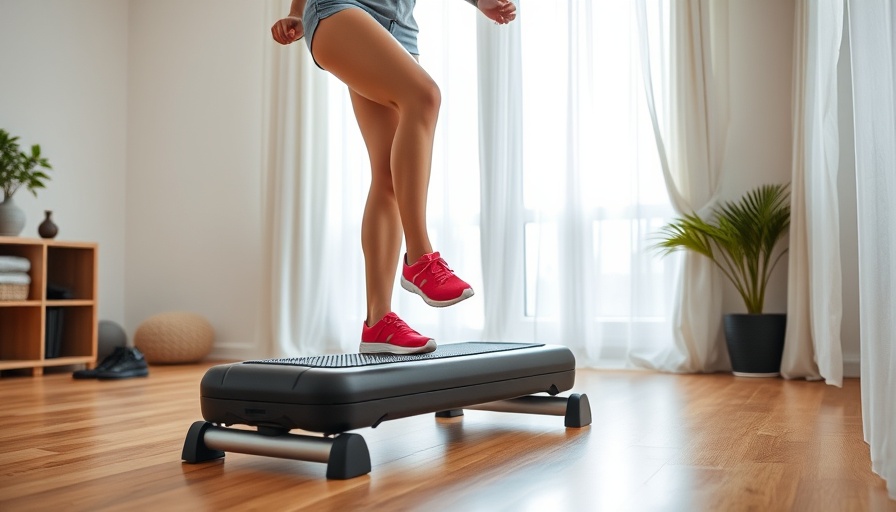
Understanding Standing March: A Community Tradition
In the spiritual tapestry of the Seventh-day Adventist (SDA) faith community, the Standing March holds a significant place. This gesture is not merely a physical act but a rich symbol of unity, endurance, and expression of faith. As members of this community engage in the Standing March, they not only showcase their commitment to their beliefs but also foster a sense of belonging and togetherness that transcends individual differences.
In 'Standing March Tips,' we delve into the multifaceted significance of the Standing March within the SDA community, showcasing its importance and value.
The Purpose Behind the Standing March
The Standing March is more than just an activity; it serves multiple purposes within the SDA faith. Firstly, it acts as a method to express solidarity during times of worship or community events. By standing together, members reinforce their shared beliefs and values, which can be incredibly uplifting and inspiring for participants. Additionally, the act of marching embodies the journey of faith—just as in life, where believers move forward despite obstacles, the march is a physical representation of perseverance.
Incorporating Fitness Into Faith
The Standing March is also aligned with promoting physical well-being within the SDA community. Given that health is a key tenet of the Adventist lifestyle, incorporating activity into spiritual practices can be beneficial. Engaging in this form of movement not only enhances physical health but also strengthens a sense of community. This dual aspect of spiritual and physical health serves as a reminder of the holistic approach that the SDA teachings advocate.
Best Practices for Effortless Participation
If you’re new to the Standing March or looking to enhance your experience, there are some best practices to consider. First, consider your pacing. The march can be brisk or relaxed, depending on the community’s energy and participation level. Always remember to stay hydrated before and after the event, allowing your body to recover and sustain energy levels. Lastly, dress appropriately to ensure that you can enjoy the event without discomfort.
Creating Connections Through Participation
Engaging in the Standing March is an excellent opportunity to connect with fellow community members. As you march, take the time to reflect on your shared faith and experiences with those around you. This gathering reinforces the idea that together, as a community, faith can be strengthened, and bonds can grow deeper. Sharing stories, songs, or prayer during the march enhances the experience and brings a sense of warmth and camaraderie.
The Future of the Standing March in SDA Events
As the SDA community continues to evolve, so will the traditions that define its gatherings. The Standing March is likely to remain a staple in community events, adapting along with the needs and interests of its members. Future activities may incorporate more interactive elements, such as themed marches or community challenges that incorporate health and wellness components, ensuring that this cherished tradition remains relevant and engaging.
Your Role in the Ongoing Tradition
Every member of the SDA community has a role in sustaining the vibrancy of the Standing March. Showing up, participating, and sharing your energy and faith with others contributes to the tradition's legacy. Encourage newcomers to join and introduce them to this meaningful practice. By fostering inclusivity and support, you can help ensure that the Standing March remains a significant element of our community gatherings.
Reflections and Insights from the Community
Through various interviews and discussions within the community, a common sentiment arises: the power of presence. For many, the Standing March symbolizes renewed hope and strength. Members emphasize that participation is about more than just being physically present; it's also about connecting with colleagues in faith and reinforcing what it means to be part of a larger mission.
Conclusion
In examining the Standing March, we recognize not only its significance within the SDA tradition but also the broader lessons it offers about community, wellness, and spiritual growth. Through shared experiences and efforts, the Standing March continues to foster connections that transcend individual differences, reminding us all of the strength found in unity. As we embrace these traditions, may we keep the spirit of the march alive—both in our physical journeys and in our shared paths of faith.
To learn more ways to enrich your participation in community events, consider discussing these insights with fellow members and exploring additional resources that can aid in your spiritual journey. Together, let’s cherish and advance our traditions while embracing the health and spiritual benefits they bring!
 Add Row
Add Row  Add
Add 




Write A Comment